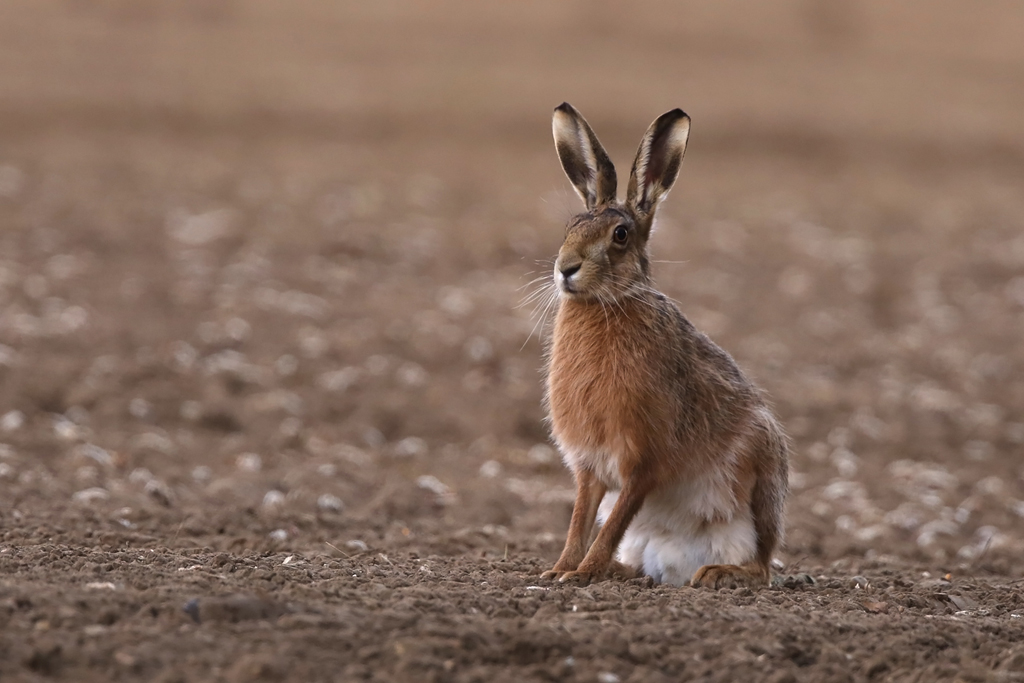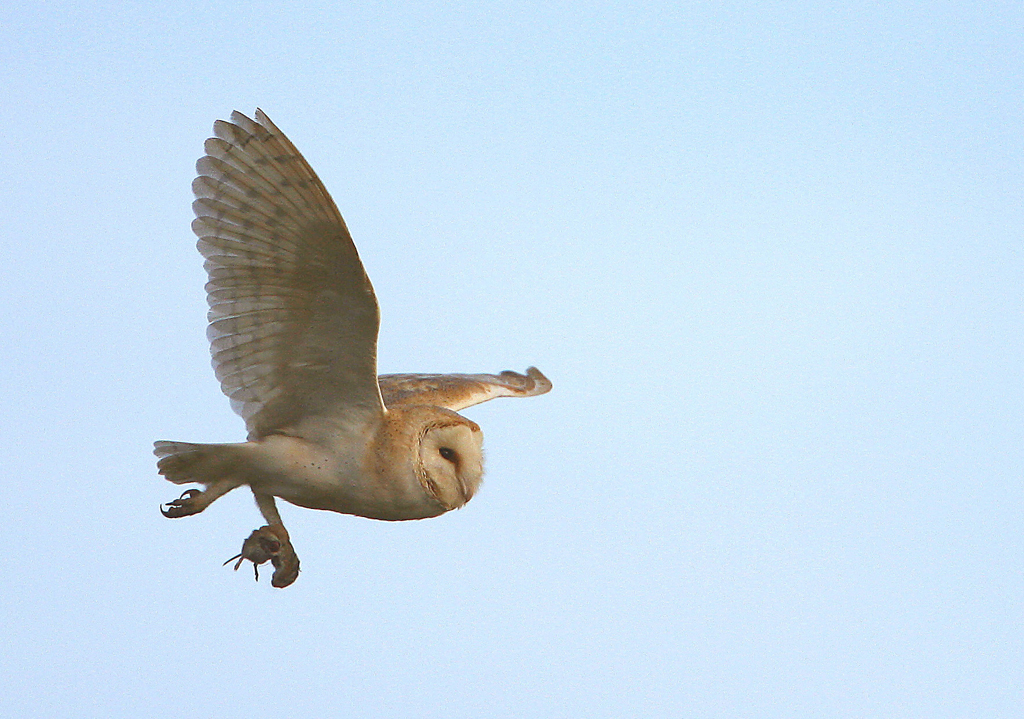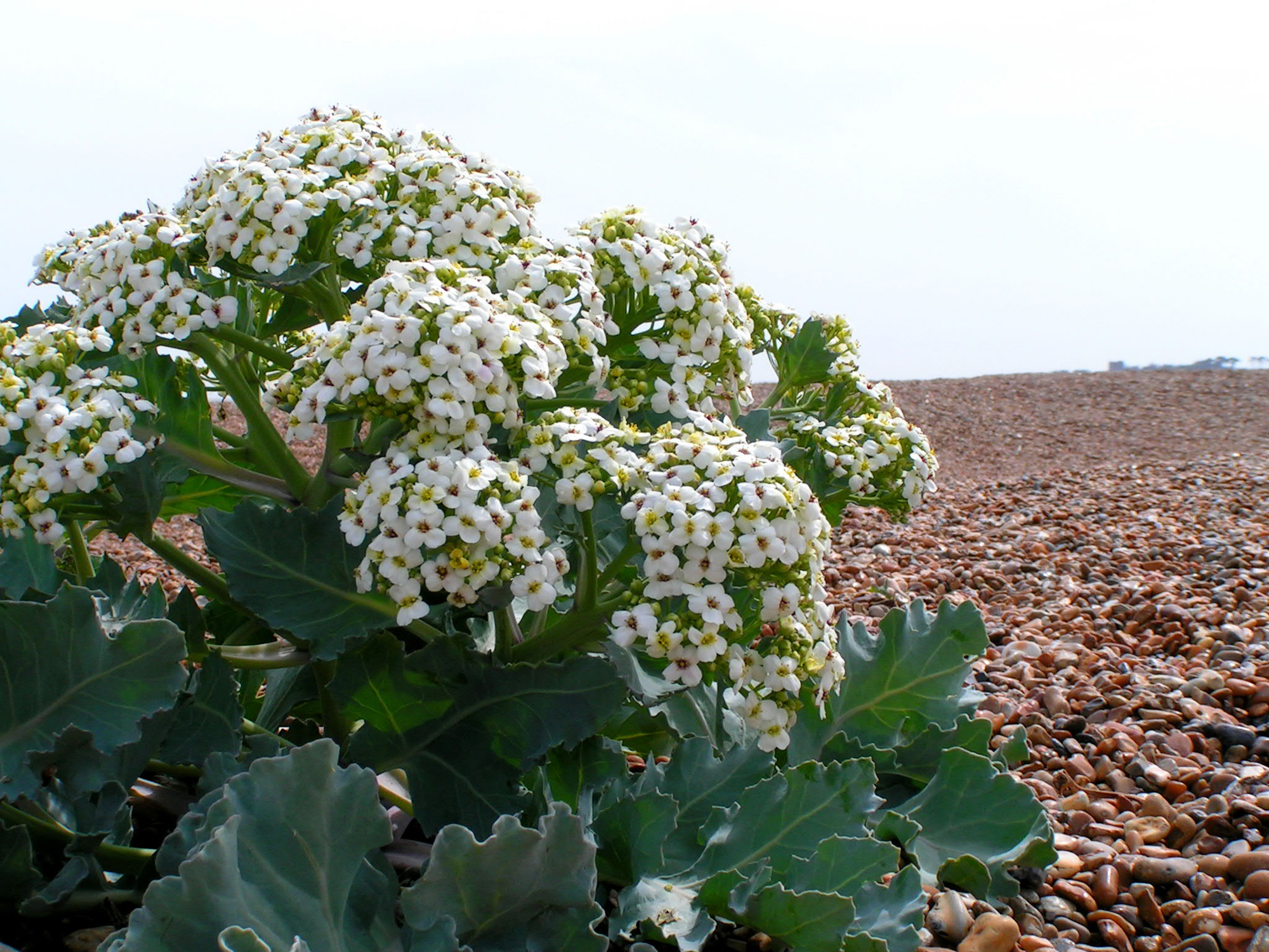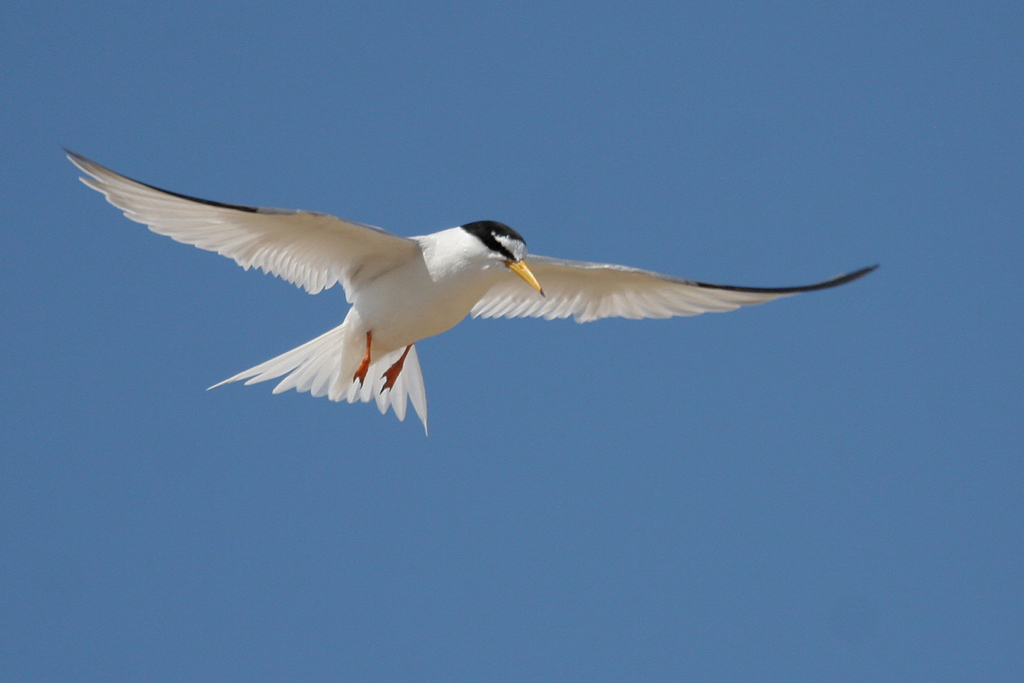You have to be tough to survive at Shingle Street – if you’re a plant on the shingle banks, that is. Just imagine. You’re regularly doused with salt spray, exposed to constant winds and parched by the sun; there’s no fresh water and almost no soil; while the shingle itself is unstable and constantly shifting. It’s an extreme environment, a desert of stones. Yet there is a community of plants out there that have evolved specialised tactics to cope with those harsh conditions:
- Lie flat to shelter from the winds (orache and sea-pea)
- Have very deep roots to suck up moisture (sea-kale, whose roots can go two metres deep)
- Have shiny leaves to reduce water loss (sea-beet) or hairy ones (yellow-horned poppy)
- Grow in matted clumps to bind you firmly to the shingle (sea-pea, stonecrops and sea-campion)
We are blessed by our thriving shingle bank colony of these rare and beautiful plants. It’s one of the most important in Britain, which is why Shingle Street is designated an SSSI (Site of Special Scientific Interest). We therefore inspect the plants regularly to check on their condition and a dedicated team of local volunteers has just completed the latest detailed survey, whose results will appear in due course on the Shingle Street website.
We did observe several changes. The sea kale is now very abundant, popping up everywhere like huge cauliflowers. The sea pea has spread too and there are large drifts of it in new areas. Its clustered purple flowers fade to blue later and are then succeeded by succulent seed pods, which are said to have once staved off starvation on the Suffolk coast during a famine in the seventeenth century (but they can cause paralysis if eaten in quantity, just in case you were tempted). Scattered amongst these are other shingle specialists like orache (much scarcer this year), sea beet, sea-campion, curly dock, viper’s bugloss, buckshorn plantain, stonecrop and the striking yellow-horned poppies (beautiful, but classified as a toxic weed in North America, and containing hallucinogens).
The most striking change, however, is in the expansion of the grasses that now cover the shingle ridges nearer the houses. That is evidence that the banks have accumulated depositions of soil and have to that degree stabilised – with the further benefit that hares and skylarks are now exploiting this new emergent habitat, along with various butterflies, moths and bush-crickets. That’s all the more reason to ask visitors to help us conserve this precious environment. For there is one other tactic these vulnerable plants need to survive, this one more under our control than theirs:
- Don’t get trampled on.
Thank you.
Jeremy Mynott
5 July 2022








